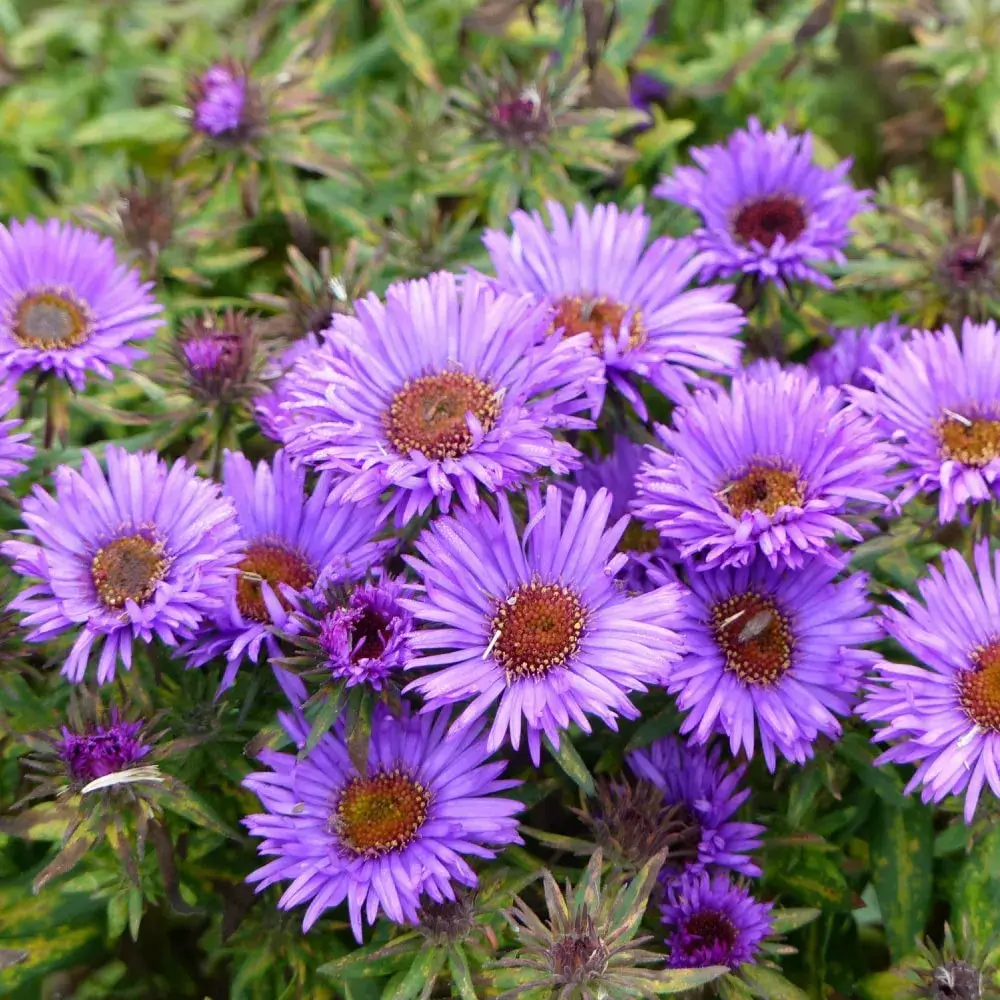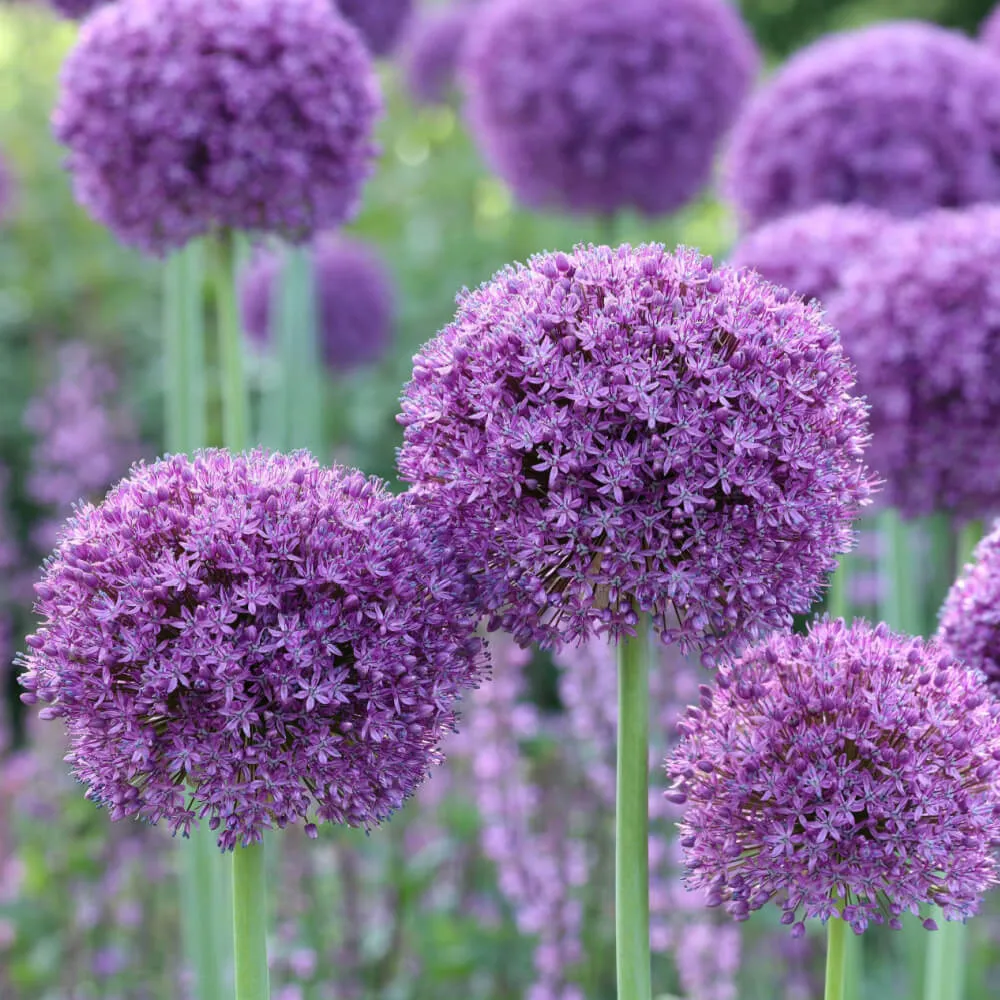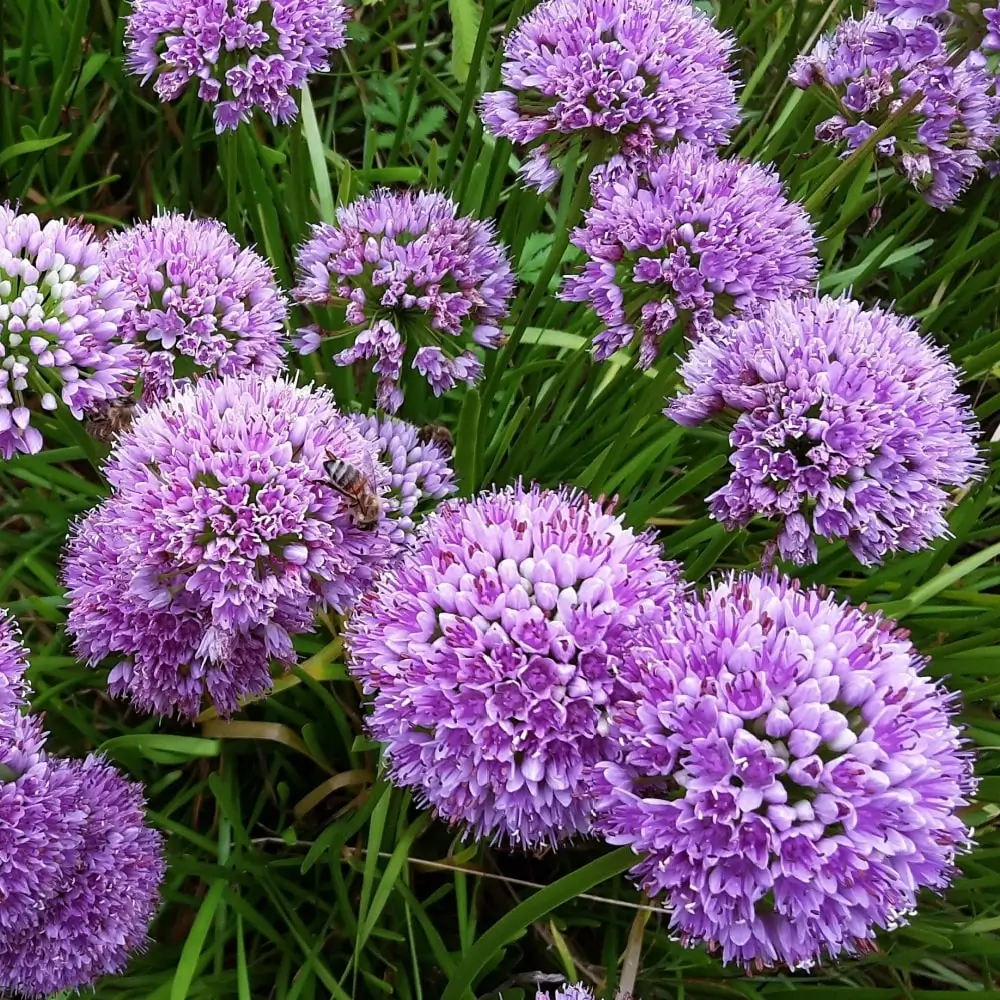Dive into the fascinating world of plants with our curated plant database, a hub of knowledge featuring a wide array of plant species. From vibrant blooms to rare specimens, explore the intricate details and diverse characteristics of the plant kingdom.
Helleborus x COSEH 810
Symphyotrichum novae-angliae 'Purple Dome'
Liatris spicata 'Kobold'
Liatris spicata
Aster 'Wood's Pink'
Allium 'Gladiator'
Allium 'Millenium'
Asters, with their star-shaped flowers and a wide range of colors, are a popular and versatile addition to many gardens. Known for their late-season bloom, they provide a splash of color when many other flowers have finished for the year. Asters are particularly beloved for their ability to attract butterflies and other pollinators.
The aster flower is part of a large genus that includes over 180 species. They are characterized by their daisy-like appearance, with a central disc typically surrounded by petals that can be purple, blue, pink, white, or a blend of these colors. Asters are celebrated not just for their beauty but also for their significance in various cultures, symbolizing love and patience.
Aster plants are generally easy to care for, making them a great choice for both experienced and novice gardeners. They thrive in well-drained soil and prefer full sun but can tolerate partial shade. Asters are also known for their hardiness, able to withstand cooler temperatures, which makes them a staple in fall gardens.
Asters perennial, meaning they return year after year, are particularly valued for their longevity and low maintenance. They can be divided every few years to maintain vigor and prevent overcrowding. This division also helps control their spread, as some aster species can be quite prolific.
The purple aster is one of the most common and beloved varieties, known for its vibrant color that can range from lavender to a deeper royal purple. These flowers can bring a striking contrast to the garden, especially when paired with yellows and oranges of autumn.
Wild aster, as the name suggests, refers to the naturally occurring species found in fields, meadows, and along roadsides. These hardy plants often have a more relaxed, less cultivated look and can be an excellent choice for naturalistic or wildflower gardens.
Fall aster, another popular variety, blooms in late summer to fall, providing a crucial late-season nectar source for pollinators. They are an excellent addition to a garden looking to have color and interest through the end of the growing season.
In summary, asters are a delightful and diverse group of flowers, offering a range of colors, sizes, and shapes to suit any garden style. Their ease of care, perennial nature, and late-season blooms make them a valuable addition to any garden, especially those designed for autumn interest or to support local wildlife. Whether you choose a cultivated variety or opt for the natural charm of a wild aster, these flowers are sure to bring beauty and life to your outdoor space.
Sign up below to get exclusive deals, discounts, and new plant collections—delivered straight to your inbox! Plus, stay inspired with the latest gardening tips, landscaping trends, and DIY garden ideas. Start growing with us today!
A big thank you for subscribing to the PBN Design newsletter.
We're thrilled to have you join our community. Get ready for exciting updates, insightful content, and more delivered straight to your inbox.
Stay tuned!
Go back






;)
